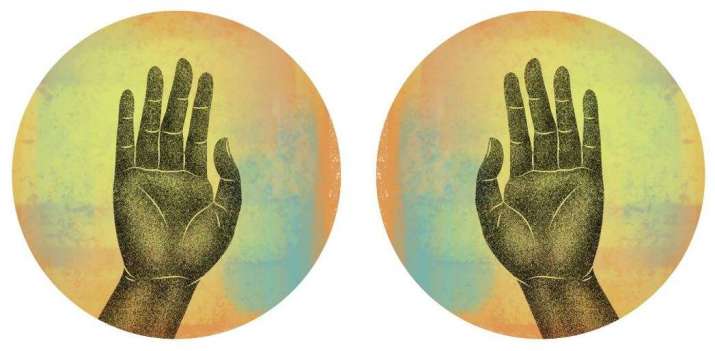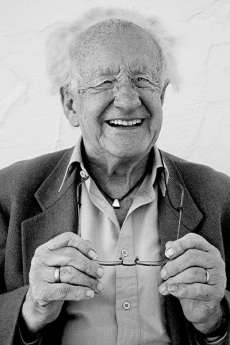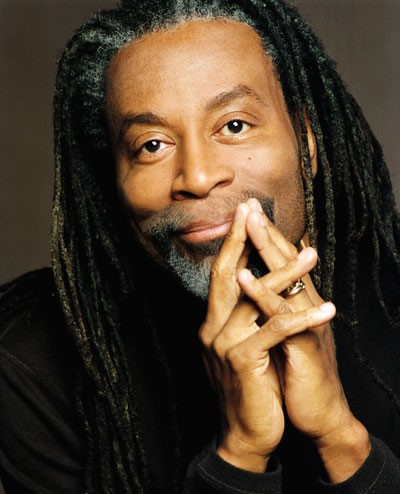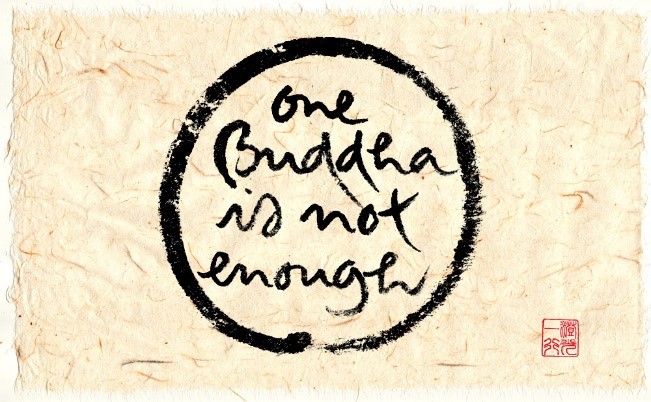
Welcome back to the Living Metta laboratory of life, in which this month’s experiment in embodying metta in everyday life is a little different.
Most long-running TV series eventually have a “clip episode” with flashbacks to support a more current plotline. A chance conversation with my favorite barista last week sparked my own version of “clip meditations.” So, rather than taking metta off the meditation cushion and out into the world this month, this article reminisces on the different ways I’ve experimented with bringing the world to the meditation cushion in the hope of inspiring you to try too.
Before I share last week’s cup of coffee with you, first a flashback to 2011 and reading a book called Spontaneous Evolution (Hay House 2010) by Bruce Lipton and Steve Bhaerman, in which passage on page 535 unexpectedly blew my meditator’s mind wide open:

Johan Galtung, a Norwegian pioneer in peace and conflict resolution, made a career of finding what he called the fifth way, or fivers. Galtung recognized that every conflict has five potential resolutions:
1. I win. You lose.
2. You win. I lose.
3. Negative Transcendence, in which the problem is solved by avoiding it entirely.
4. Compromise in which each wins by agreeing to lose a little.
5. Transcendence, which produces a resolution above and beyond the problem.
Conventional politics seeks to resolve issues through compromise, which, at best, leaves everyone equally dissatisfied. In contrast, the transcendent fiver solution generates a positive feeling among all parties. The first step in bringing forth a fiver is the intention between two opposing polarities not to meet in the middle but to join forces and move forward together toward an optimal solution.
Still new to practicing Vipassana at the time, I remember this “aha” moment like it was yesterday. “This is the space metta meditation has the potential to hold in the practical world: a universal high-five between all sentient beings!” As I’ve always loved the symbolism and grace of traditional hand mudras, it occurred to me that what popular culture calls a high five could in fact be the evolution of two abhaya mudras (the Buddha’s open palm to represent fearlessness) connecting to create a new “fiver” space?
Not long ago, my barista friend was looking uncharacteristically sad and low. Between the usual flurry of hot drink orders, I asked whether all was well. She blurted out that all three of her children were undergoing medical tests and facing potentially serious diagnoses: “I can handle anything except my kids suffering. I’d rather be ill myself.”
Although I’m not a mother, I recognized that feeling all too well when I feel helpless in the face of people I love suffering too. In Buddhist terms, it would be easy to judge myself for still having such attachments. Instead, I silently added a shot of metta to my coffee order as I waited and spontaneously remembered what had helped me surrender worry for loved ones to a higher power in the past.

Knowing she was a devout Catholic, I asked her whether she was praying for her children? Her shoulders drooped in exhaustion: “24/7 these days.” I grinned and asked whether she’d tried going extra large yet? She looked confused (as I’d ordered a regular-sized coffee), and I told her about several online prayer request lists where thousands of well-meaning strangers offer to pray for others. She laughed, feigning a why-didn’t-I-think-of-that? head slap. I listed a few, including Lourdes and a Carmelite order, teasing her that it might be time to hand over her worries to the Olympic-level prayer black-belt experts. She rolled her eyes, confessed that a pilgrimage to Lourdes was on her bucket list, and marvelled that—thanks to the internet—she could already place prayers in its famous healing grotto before her eventual arrival in person.

In my own experience, having an online form to fill in with an actual “submit” button were good surrender-in-training stabilizers and huge comfort would follow once I’d asked for help by (more than) halving my burden.
Flashback to 1995, which found me exploring Raja yoga with the Brahma Kumaris. My favorite meditation practice at the time was attending their World Meditation Hour on the third Sunday of every month. First established in 1978, they’re still going strong four decades later. Hundreds of meditators of all faiths gather in a hall and focus on world peace for an hour, knowing that the next time zone’s gathering takes over to create the equivalent of a 24-hour prayer chain around the globe’s seven continents. I don’t presume to know what’s best for all sentient beings, but holding the intention of peace for all with such a big, international group was my first glimmer of holding the door open for new universal high fives.
Flash forward slightly to the early noughties, which found me working as a part-time steward at London’s Royal Albert Hall. Probably still one of my favourite jobs of all time, it was only last week that I connected the dots as to why exactly, other than the obvious. Every night featured a different musical artist and drew their corresponding audience. Despite being an introvert, basking in the shared transcendence of the power of seven notes on thousands of music fans felt to me like the energy equivalent of a comforting warm bath.
The most memorable evening for articulating what I am trying to express was in 2013, when American jazz vocalist Bobby McFerrin (of Don’t Worry, Be Happy fame) conducted the world’s most conservative orchestra, The Vienna Philharmonic. In his own words:

Listening to Bobby McFerrin sing may be hazardous to your preconceptions. Side effects may include unparalleled joy, a new perspective on creativity, rejection of the predictable, and a sudden, irreversible urge to lead a more spontaneous existence.

McFerrin is famous for pushing musical boundaries by singing instrumental orchestral parts a capella, and that evening he became the lead cello for Vivaldi’s Concerto in G Minor. As an encore, he invited the 7,000-strong audience to join in the evening’s fun by leading us all in a spontaneous collective a capella rendition of Ave Maria (a Christian hymn to the divine mother adapted from Bach’s first prelude).
A quantum leap forward to 2008 found me leading creative writing workshops for all age groups from primary school students to seniors. My favourite teaching challenge at the time? Inspiring burned-out teachers as part of their continuing professional development.
At the start of the evening, I would walk into a classroom of end-of-working-day teachers with exhausted eyes, folded arms, and jaded noses turned up at a tutor half their age daring to presume to tell them how to do their jobs better. I would plough ahead regardless, explaining how fairy tales already had the monopoly on the seven major plots long before Shakespeare, so we were going to make life easier on ourselves and use one as a scaffold for a group-inspired reboot.
Silently inviting love into the room with us for some universal magic and assigning each student a single scene of the overall story, I would then lead everyone through the writing equivalent of circuit training so quickly and quietly that they forgot to think or feel tired and just wrote, and wrote, and wrote. The result in less than 30 minutes? Unrecognizable to the original and—coincidentally a lot of spontaneous actual high-fives later—by the end of the evening we’d all be laughing like loons at the crazy-daisy update we’d created together after kicking a same-old same-old story to the proverbial curb.

One teacher cornered me the following week for a private conversation. She worked in a pupil referral unit (a type of high-security school in the UK where teenagers are sent as a last-resort before juvenile detention) and, until the previous week, had frankly seen her role there more as preventing the destruction of furniture than any actual teaching. However, she’d had so much fun with our group-writing exercises that she figured she had nothing to lose by trying some with her students. Her eyes then welled up and words escaped her. I smiled and gently prompted, “I bet some of the same magic happened? In my own experience, those who don’t feel heard often make the best writers.” She nodded, threw her arms around me, and marveled that the poetry they’d written was some of the best she’d ever read.
Flash forward to last month, when I was sitting in a half lotus at a bus stop in Bury (a town north of Manchester) counting passengers and timing services for the day. A Sikh father and son stopped to cheerfully enquire what I was doing. I briefly explained the project and showed them my data sheets. “Oh, and we thought you were meditating?” I winked and put a finger to my lips, “Data collection is just the cover story. Blessing Bury is what I’m really doing here today.” They laughed, said I was most welcome, and that they would add their blessings as well before continuing on their way.
These days,I’m having fun infusing the collective buzz of the two football stadiums I work at with metta while going through the motions of waiting on tables in their hospitality lounges on match days.


Liverpool is famous for having two cathedrals—one Anglican and one Catholic—at either end of Hope Street. However, anyone who’s ever visited or lived here knows that football is the city’s true religion and that Anfield (Liverpool FC’s home ground) and Goodison (Everton’s home ground) are the city’s true cathedrals. Football crowds supporting (a minimum of) seven players on their team add another decimal point to the Royal Albert Hall’s capacity in both numbers and acoustics, particularly on derby days when they play one another!


With the advent of mobile apps such as MassMeditate, world meditations of every denomination are now literally available on the hour, depending on what intention or approach speaks to you most. My current favorite is Sunday Global Unity Meditations (started by Sandra Walter), where participants meditate on unity consciousnessat four specific half-hour intervals each Sunday. Although I observe these alone, paradoxically, I feel more connected now than I did during all the connecting-of-dots I’ve shared this month.
And so, my fellow metta-scientists, in a world facing dualities of all kinds I invite you to have some fun experimenting with the spontaneous evolution of universal high-fives in your own meditation practices and everyday lives. Or, to metta-morphose Thich Naht Hahn’s teaching that “the next Buddha will be a sangha” with that well-known line from the movie Jaws: “We’re going to need a bigger boat:”
The next Buddha will be the collective, we’re going to need a bigger cushion.

See more
Making Space For Meditation (Brahma Kumaris)
Global Unity Meditations (Sandra Walter)
Spontaneous Evolution: Our Positive Future (And a Way to Get There from Here) (Bruce Lipton)












